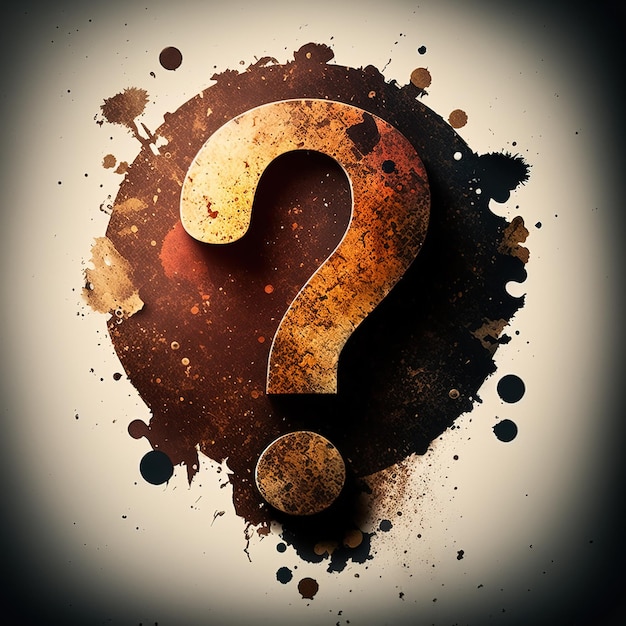- Thread starter
- #401
SAINT AUGUSTINE
The false prophet Mani had taught that Christianity was an inferior religion, but when combined with other inferior religions, could make a new and better religion. Part of Mani’s new religion was “unconditional election,†the doctrine that God arbitrarily chose who would be saved and who would not.
Spreading from Rome to China, Manichaeism became one of the world’s great religions, and its greatest philosopher was St. Augustine. Forced to convert to Catholicism when the Romans passed the death sentence on Manicheans, Augustine strove to blend the pagan doctrines of unconditional election, statue worship, original sin, infant baptism, torture and murder of your opponents, and other false doctrines into Christianity.
He strove to make the Catholic priesthood even stronger, teaching that babies who weren’t baptized by a priest would go to Hell. He blended polytheism into Christianity by teaching the worship of saints, teaching that, like the minor deities, saints had power over specific areas.
Using the Bible when he could, and rejecting it when he couldn’t, he condemned those who used Scripture as an authority against him.
Although he preferred torture to murder, he organized riots against the Donatists and the Jews, during which people were killed. The Inquisition would later use his writings to justify both torture and murder of non-Catholics.
1 Timothy 2:3-6 is sometimes referred to as “The Saint Augustine Passage, as it combines some of Augustine’s worst errors into one place:
3 For this is good and acceptable in the sight of God our Savior,
4 who desires all men to be saved and to come to the knowledge of the truth.
5 For there is one God and one Mediator between God and men, the Man Christ Jesus,
6 who gave Himself a ransom for all, to be testified in due time,
The false prophet Mani had taught that Christianity was an inferior religion, but when combined with other inferior religions, could make a new and better religion. Part of Mani’s new religion was “unconditional election,†the doctrine that God arbitrarily chose who would be saved and who would not.
Spreading from Rome to China, Manichaeism became one of the world’s great religions, and its greatest philosopher was St. Augustine. Forced to convert to Catholicism when the Romans passed the death sentence on Manicheans, Augustine strove to blend the pagan doctrines of unconditional election, statue worship, original sin, infant baptism, torture and murder of your opponents, and other false doctrines into Christianity.
He strove to make the Catholic priesthood even stronger, teaching that babies who weren’t baptized by a priest would go to Hell. He blended polytheism into Christianity by teaching the worship of saints, teaching that, like the minor deities, saints had power over specific areas.
Using the Bible when he could, and rejecting it when he couldn’t, he condemned those who used Scripture as an authority against him.
Although he preferred torture to murder, he organized riots against the Donatists and the Jews, during which people were killed. The Inquisition would later use his writings to justify both torture and murder of non-Catholics.
1 Timothy 2:3-6 is sometimes referred to as “The Saint Augustine Passage, as it combines some of Augustine’s worst errors into one place:
3 For this is good and acceptable in the sight of God our Savior,
4 who desires all men to be saved and to come to the knowledge of the truth.
5 For there is one God and one Mediator between God and men, the Man Christ Jesus,
6 who gave Himself a ransom for all, to be testified in due time,








